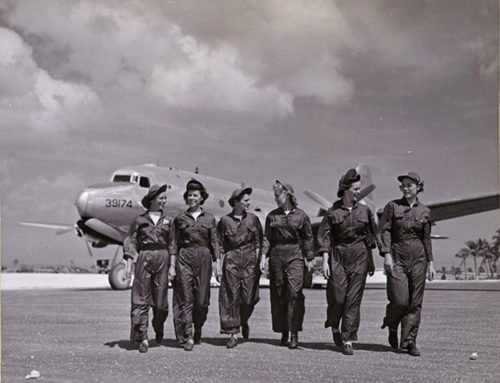The fifth war patrol of USS SEAL (SS-183), which began on 24 October 1942, took her to the waters around Palau, a Pacific-island nation that lies about 500 miles east of the Philippines and 2,000 miles south of Japan.
In the middle of the afternoon on 16 November, SEAL’s commanding officer sighted a “column of five cargo ships of about 6000 tons each” traveling with a destroyer escort. At 1502, SEAL “fired two torpedoes aimed one third ship length inside stern and bow, respectively. …Periscope went under just as second torpedo was fired…. DD [Destroyer] was close on starboard quarter passing aft rapidly.” Less than five seconds later, “a loud bang and crash occurred over the conning tower followed by a rumbling and scraping noise of a few seconds duration. Periscope went black and vibrated severely.” Anticipating a depth-charge attack, SEAL sank down to 250 feet, where she remained until the explosions overhead stopped about four hours later. At 1907, she surfaced and the crew “found No. 2 periscope bent nearly horizontal in direction of 210 degrees relative. The upper part of No. 2 periscope housing was broken off level with the top of No. 1 periscope housing. The bend in No. 2 occurred at the same level. The radar antenna was broken off the radio mast and the vertical antenna was bent in same direction as periscope. The housing for No. 1 periscope was sprung aft making it impossible to operate that periscope due to misalignment of upper bearings.” It was obvious that SEAL had rammed into the bottom of one of the ships in the convoy, or been rammed herself, as she passed beneath the surface after launching her torpedoes.
As the sun rose the next morning, the C.O. took stock of his submarine. “At daylight small quantities of uncooked rice and some uncooked beans (unlike any we have aboard) were found between the wooden deck pieces of the cigarette deck and on the bridge deck. Some rice was found on conning tower plating under the bridge deck. Two beans and some rice were caught in the screen of the bathythermograph mounted on the outside of the bridge fairwater. Some coarse sand was on the shelf in back of the bridge wind screen. Whether the rice and beans came out of a hole we made in the ship we rammed or were scattered by a torpedo explosion under the target is a question. We also obtained a good sample of Japanese bottom paint from the periscope.”
Although SEAL was, at the time, not sure she had sent her target to the bottom, records examined after the war determined that her two torpedoes had sunk the 3,500-ton Boston Maru. It is unclear what vessel traded paint with the sub and left her undersea sister a snack.





